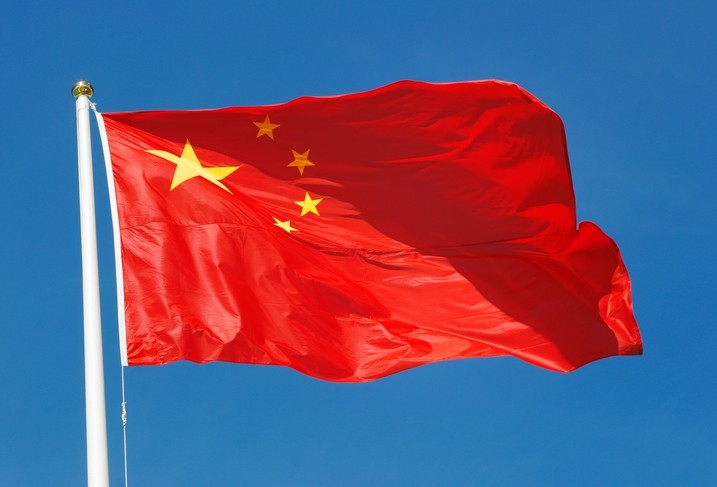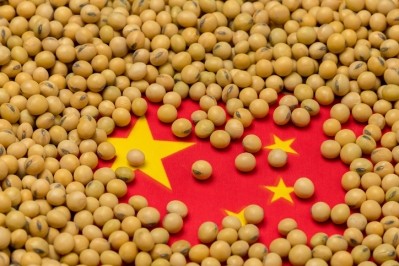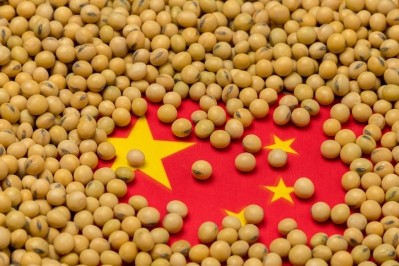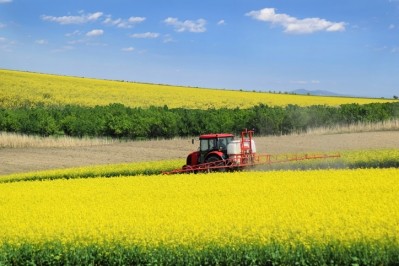China looks to low protein animal diets to reduce dependence on soybean imports

The Chinese pig sector is a major user of soybean meal.
Li Defa, the Chinese feed sector representative, said the use of lower protein diets, even when reliant on synthetic amino acid supplementation, would actually reduce the cost of swine diets.
He also proposed the use of soybean meal substitutes such as canola and cottonseed meals as a way of reducing China’s dependence on soybean imports, particularly from US exporters.
China, which imports 60% of the soybeans traded worldwide, bought 32.9m tons from the US in 2017 - that amount represented 24% of China’s total soybean imports, noted a Reuters report.
The country can increase soybean imports from other countries to reduce reliance on buying from the US, said Xubo Yu, president of China's state owned grain and oilseed trader, COFCO, in an interview with the Communist Party’s official People’s Daily paper in July.
Given the trade dispute with the US, he outlined how China could increase soybean imports from Latin America.
In the long term, South America and the Black Sea region still have great potential in their arable land, and can play a bigger role in the global soybean supply system, said Yu.
As a leading agri-commodity trader in those areas, COFCO can help to meet domestic demand, he added.
US soybean producers hit
The tariff tiff with China has already impacted US soybean producers, said John Heisdorffer, president with the American Soybean Association (ASA), earlier this month. “China is still our biggest customer and we’re losing out on a lot of sales.”
US soybeans are having a ‘fire sale’ at the moment, which has increased exports to areas like Europe, but the ASA has been working to develop alternative markets, he said. “We spent 30-40 years to get the markets we had in China so it won’t be flipping a light switch – and we’ve had sales into other countries but they’re not as big, and to increase those sales, it takes a lot of work.”












